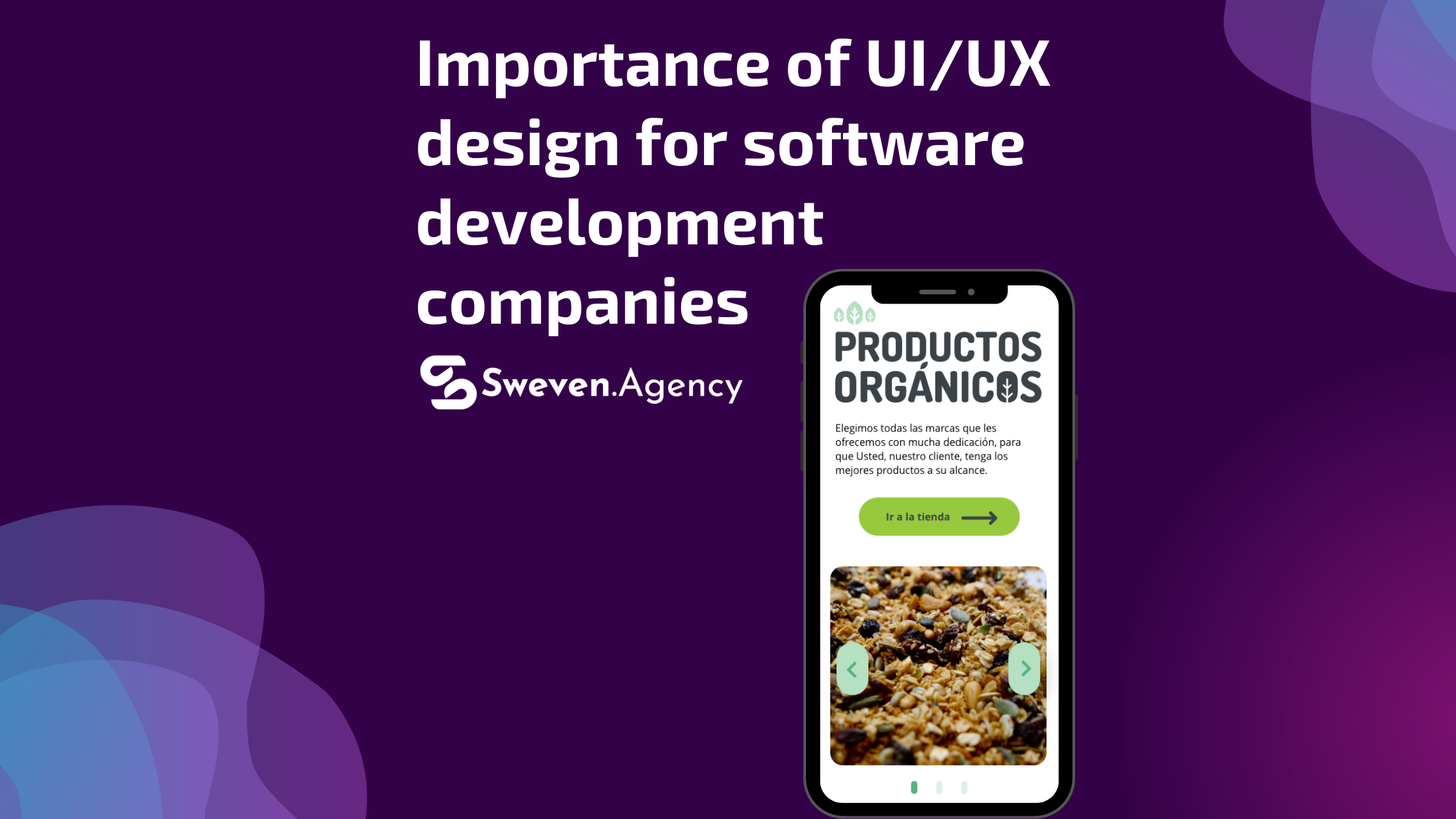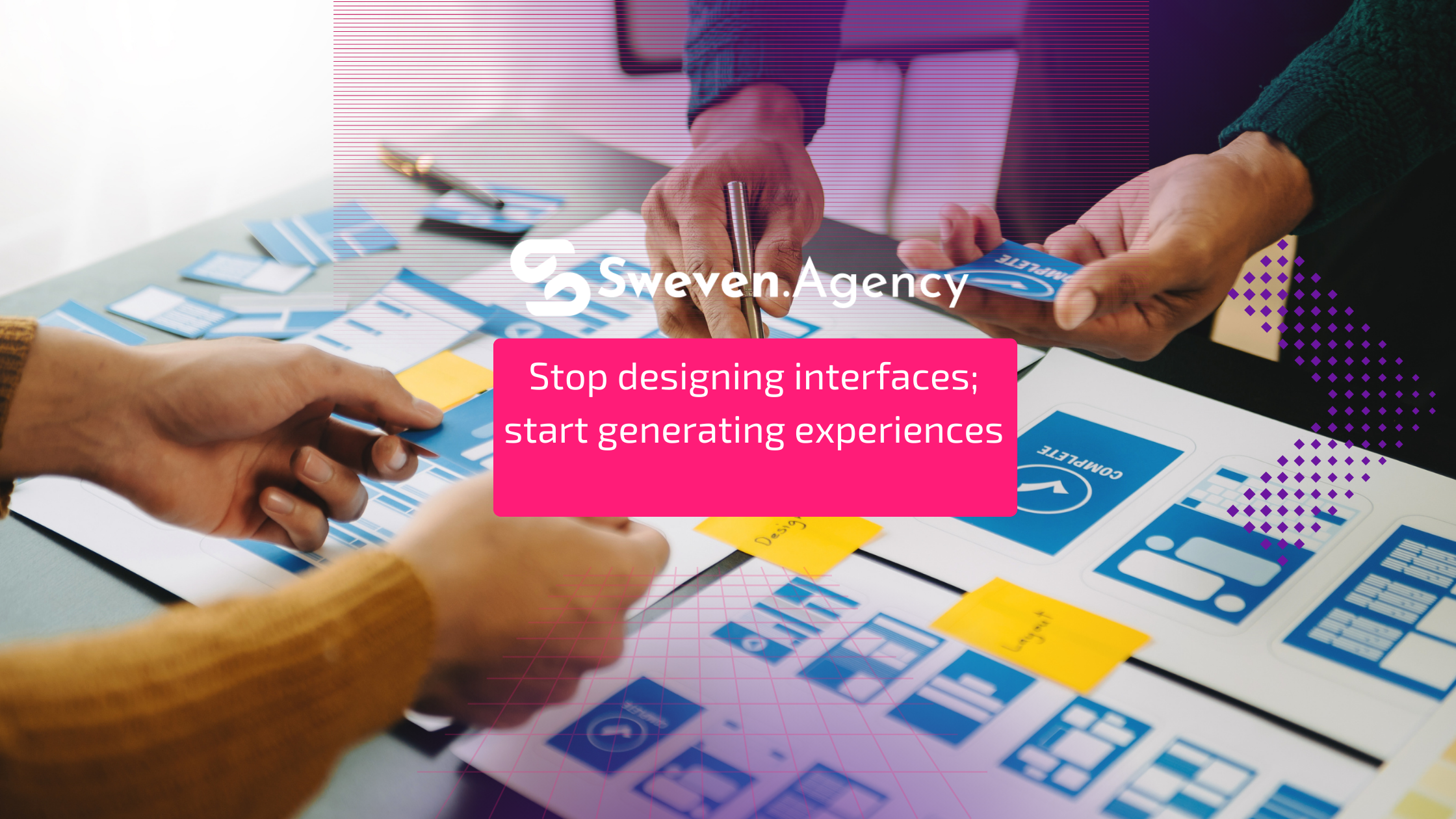You might want to make sure things look fancy, but you must first make sure that your stuff is going to be read. Also, be sure that you’re thinking about colors and layouts. The wrong colors will be hidden or hard to see against certain backgrounds. Sometimes this comes into play with templates, so make sure you have everything under control
What Is User Experience?
User experience (abbreviated as UX) is how a person feels when interfacing with a system. The system could be a website, a web application or desktop software and, in modern contexts, is generally denoted by some form of human-computer interaction (HCI).
UX designers also look at sub-systems and processes within a system. For example, they might study the checkout process of an e-commerce website to see whether users find the process of buying products from the website easy and pleasant. They could delve deeper by studying components of the sub-system, such as seeing how efficient and pleasant is the experience of users filling out input fields in a Web form.
Compared to many other disciplines, particularly Web-based systems, UX is relatively new. The term “user experience” was coined by Dr. Donald Norman, a cognitive science researcher who was also the first to describe the importance of user-centered design (the notion that design decisions should be based on the needs and wants of users).
We built interaction based on what we thought worked — we designed for ourselves. The focus was on aesthetics and the brand, with little to no thought of how the people who would use the website would feel about it.
What Situations Would Benefit From UX Design?
- COMPLEX SYSTEMS
- START-UPS
- PROJECTS WITH “OK” BUDGETS
Things To Know About UX Design
UX design is an amazing discipline, but it cannot, or will not, accomplish certain things.
Here at Sweven we can help you improve any process or site

Image from FRANÇOIS BOUNIQ








